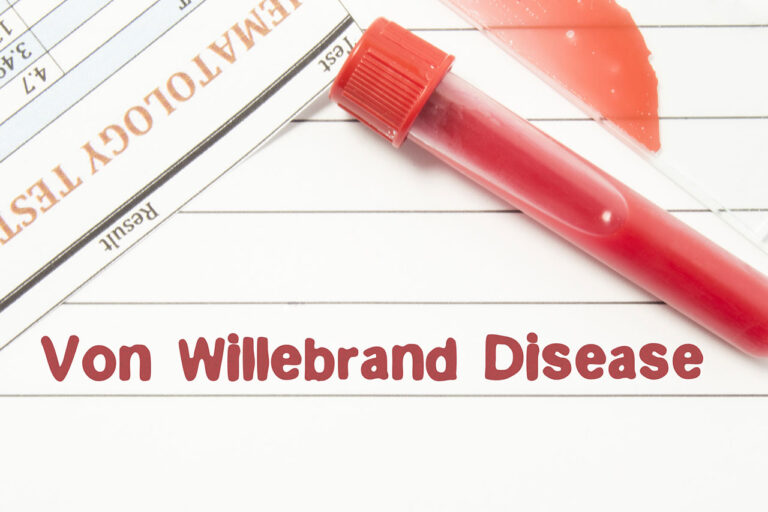
Sodium ferric gluconate complex is marketed under the brand name Ferrlecit. It is a medication used to treat chronic kidney disease-related iron deficiency anemia in adults and children aged 6 and older. It is administered via IV infusion by a medical professional.
Speak to a Specialist
About Copay AssistanceWhat Is Ferrlecit?
Ferrlecit is an FDA-approved medication manufactured by Sanofi U.S. It received FDA approval on September 18, 1999 [1]. Ferrlecit contains iron in the form of sodium ferric gluconate. This medication is used to treat adults and children over the age of 6 who have iron deficiency anemia.
This drug is prescribed to dialysis patients who have chronic renal disease. Dialysis causes significant blood loss, and your body needs iron to produce red blood cells. Moreover, it is needed for your body to transfer oxygen. Many renal disease patients need iron injections since their diets do not provide them with enough iron.
What Is Ferrlecit Used To Treat?
Ferrlecit is an iron supplement. It is used to treat iron deficiency anemia in persons with chronic renal disease who are receiving supplemental epoetin therapy, including adults and children aged 6 and older on hemodialysis.
Dosage and Administration
Ferrlecit comes as a 5 ml single-dose bottle. Each 5 ml vial contains 62.5 mg of elemental iron. It should be stored between 20°C and 25°C. It should not be frozen. The recommended dosages are given below [2]:
Adult Patients: 10 ml of Ferrlecit (125 mg of elemental iron) is the suggested dosage. There are two ways to deliver the dose:
- For each dialysis session, 10 ml of Ferrlecit can be infused over the course of an hour after being diluted in 100 ml of 0.9% sodium chloride.
- During a dialysis session, a gradual intravenous infusion of undiluted 10 ml Ferrlecit at a rate of 12.5 mg/min can also be given.
For children aged 6 or above: The suggested dosage for children aged 6 and up is 1.5 mg/kg in a 25 ml 0.9% sodium chloride solution [5]. It is administered intravenously over the duration of one hour per dialysis session.
Note: Adult and pediatric patients should not be given more than 125 mg for each dosage. Otherwise, they may suffer from serious adverse effects.
Ferrlecit Side Effects
Ferrlecit frequently causes minor side effects. Only a small percentage of people experience major adverse effects. If you have any negative effects while taking this drug, notify your doctor. The following are some of the mild to severe side effects [2]:

Mild Side Effects
Mild side effects include the following:
- Nausea, vomiting
- Fast heartbeat
- Increased blood pressure
- Dizziness, headache
- Chest pain
- Leg cramps
- Cramps
- Abnormal blood tests
In adult patients, these are common side effects. They will improve over time as your body adjusts to the medication. However, consult your doctor if you are concerned about the side effects.
Serious Side Effects
Contact your doctor immediately if you encounter any of the following serious side effects:
- A feeling of passing out
- Shortness of breath
- Blurry vision, unusual thirst
- Severe pain in the chest, back, or sides
- Chills, itching, rash, flushing (sudden warmth or tingly feeling)
- Fever, throat pain, or burning sensation while urinating
This is not an exhaustive list of side effects. Contact your doctor if you experience any side effects that are not listed above.
Get Ferrlecit Copay Assistance
Financial AssistancePrecautions
Ferrlecit is an IV medication used to treat iron deficiency anemia in chronic kidney disease hemodialysis patients. It can be a beneficial treatment, but there are some precautions you should take to safeguard yourself and decrease the chance of unwanted effects. Here are some considerations to take when using the medication:
- Inform your doctor about any medical concerns you have, especially if you have a history of low blood pressure or an allergic reaction to iron products.
- Be sure to inform your doctor if you’re using any prescription or OTC drugs.
- If you suffer any negative effects while taking Ferrlecit, such as fever, chills, nausea, vomiting, or trouble breathing, call your doctor right away. Certain side effects can be serious and require medical intervention.
- It’s possible for you to feel faint or lightheaded when taking Ferrlecit. In order to limit your risk of falls or accidents, avoid activities that require concentration, such as operating machinery or operating a vehicle, until you are familiar with how Ferrlecit affects you.
- Dehydration, which might happen when taking the medication, can be avoided by drinking enough fluids.
- If you are pregnant, let your doctor know since Ferrlecit can harm your unborn child.
- Ferrlecit can raise your blood iron level to the point where it can harm your kidneys and lungs. As a result, proper monitoring of the iron level in your blood is required.
- Please be aware that babies who are premature or who were born underweight could develop serious adverse reactions. It is not recommended to give them Ferrlecit.
- Ferrlecit might result in decreased blood pressure. Monitoring is required before and after each infusion.
Ferrlecit Cost
Ten units of Ferrlecit or 50 ml solution cost about $311 [3]. However, the real cost is determined by your location and the drugstore you visit. The pricing may also vary depending on the supply available. Contact us if you are interested in copay assistance.
FAQs
1. How does Ferrlecit work?
Hemoglobin is a red protein found in red blood cells. It is in charge of oxygen transportation in your body. Iron is required by your body to produce hemoglobin. Iron is also necessary for metabolism. Ferrlecit is an iron replacement medicine that is used to treat iron deficiency.
2. Is Ferrlecit better than an oral iron supplement?
The medication increased hemoglobin levels greater than an oral iron supplement, according a safety and efficacy study [4]. Even iron deficiency anemia can be treated with Ferrlecit in just 2 weeks. Oral iron supplements, on the other hand, take 3 to 6 months.
3. Is Ferrlecit safe during pregnancy?
No. Pregnancy increases the likelihood of significant adverse responses to the drug. The unborn child could suffer significant injury. Moreover, breastfeeding is not advised while pregnant.
4. What should you avoid while using Ferrlecit?
Avoid using oral iron supplements because they can interfere with the drug. After taking Ferrlecit, you can experience lightheadedness. Hence, until you are aware of the interactions, avoid doing anything that requires attention, such as driving.
5. How long does it take to feel better after an iron infusion?
Iron infusions are used to treat iron deficiency. Your iron level returns to normal quickly after an injection. However, it may take up to 2 weeks to notice an improvement.
6. Ferrlecit vs. Venofer: Which one is best?
According to a study [6], there is no significant difference in the safety and efficacy characteristics of Ferrlecit and Venofer. When given over a 6-month period, a 250 mg iron dose of Venofer once a month was found to be as effective as a 62.5 mg iron dose of Ferrlecit once weekly.
REFERENCES:
- Drug Approval Package: Ferrlecit (sodium ferric gluconate complex in Sucrose injectin) NDA# 20-955. (n.d.). https://www.accessdata.fda.gov/drugsatfda_docs/nda/99/20955_Ferrlecit.cfm#:~:text=Approval%20Date%3A%209%2F18%2F1999
- Highlights of prescribing information – sanofi. (n.d.). Retrieved March 5, 2023, from https://products.sanofi.us/ferrlecit/ferrlecit.pdf
- SingleCare. (n.d.). SingleCare. https://www1.singlecare.com//prescription/ferrlecit?
- These highlights do not include all the information needed to use FERRLECIT® safely and effectively. See full prescribing information for FERRLECIT. FERRLECIT (sodium ferric gluconate complex in sucrose), injection, for intravenous use Initial U.S. Approval: 1999. (n.d.). https://dailymed.nlm.nih.gov/dailymed/fda/fdaDrugXsl.cfm?setid=1fe028ff-42ac-4329-b1a5-a9dadfcb79f6&type=display#section-13
- Warady, B. A., Zobrist, R. H., Wu, J., & Finan, E. (2005). Sodium ferric gluconate complex therapy in anemic children on hemodialysis. Pediatric Nephrology, 20(9), 1320–1327. https://doi.org/10.1007/s00467-005-1904-y
- Kosch, M., Bahner, U., Bettger, H., Matzkies, F., Teschner, M., & Schaefer, R. M. (2001). A randomized, controlled parallel‐group trial on efficacy and safety of iron sucrose (Venofer®) vs iron gluconate (Ferrlecit®) in haemodialysis patients treated with rHuEpo. Nephrology Dialysis Transplantation, 16(6), 1239–1244. https://doi.org/10.1093/ndt/16.6.1239













